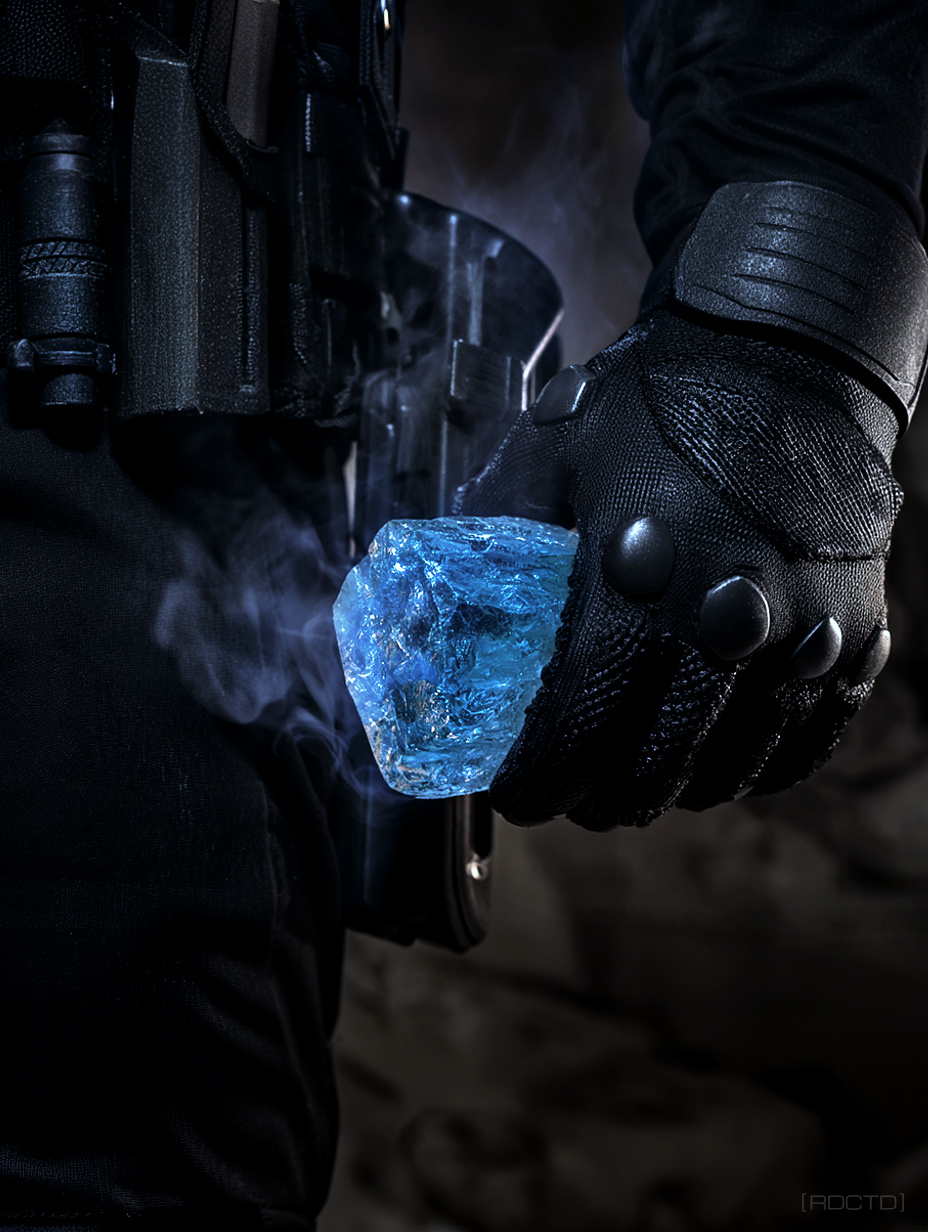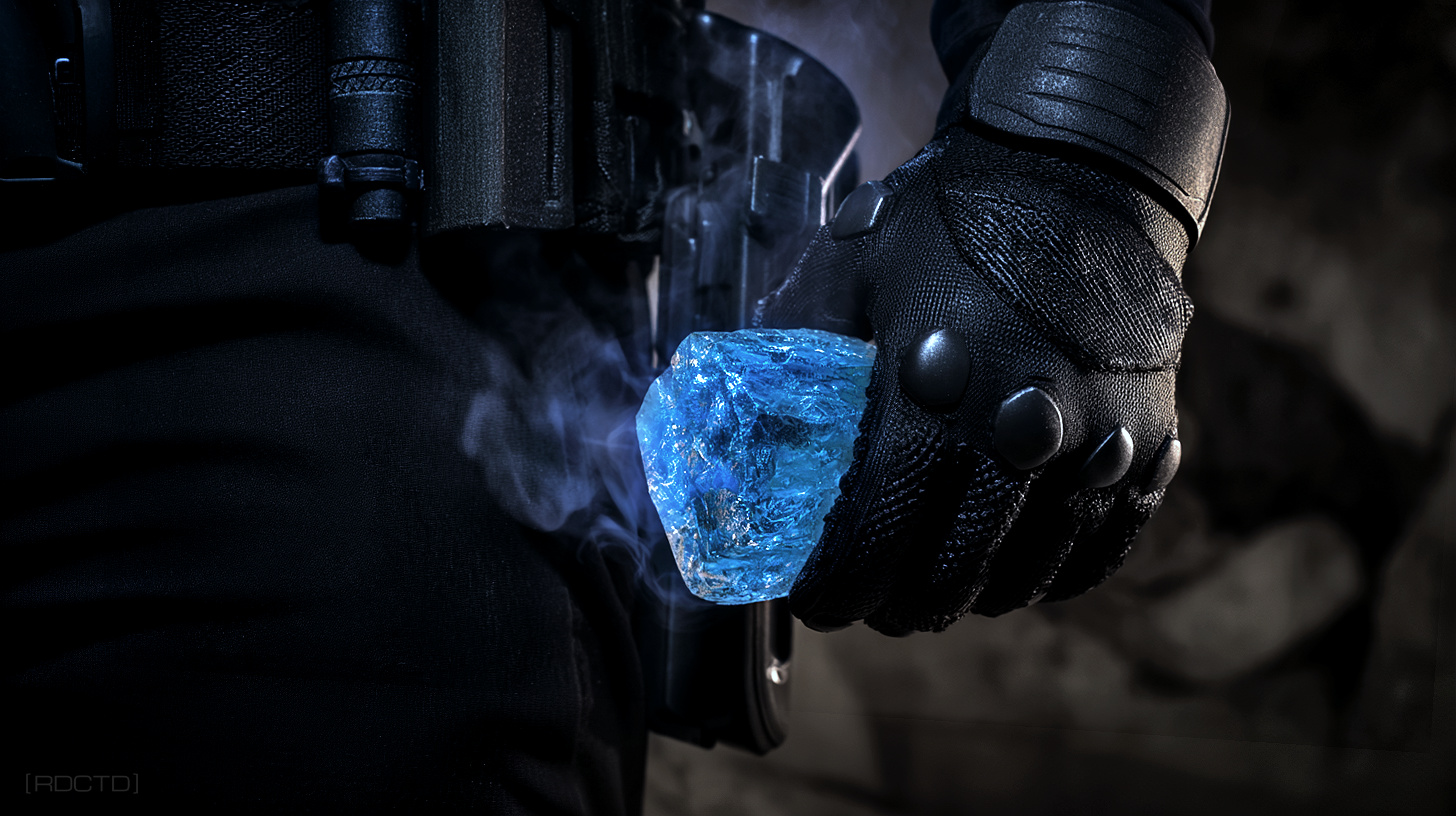 A tradecraft mindset/process of suppressing emotion and executing mission tasks through pure logic, preloaded decision trees, and strict prioritization to ensure precision and survivability under pressure.
A tradecraft mindset/process of suppressing emotion and executing mission tasks through pure logic, preloaded decision trees, and strict prioritization to ensure precision and survivability under pressure. A calm exterior is a side effect of being strategically cold. The real asset is the calculating process running underneath.
Cold Calculation Tasking is used when counterintuitive feelings, instinct, or hesitation could compromise the outcome of an operation. It’s the deliberate act of stripping tasks down to their technical requirements, making decisions solely on logic, efficiency, probability, and operational objectives.
Covert operatives fall back on this mode when the environment dictates absolute precision over personal preference – when there’s no room for improvisation or sentiment. The operative adopts a mental framework that views each step as part of a system, not as an emotional experience.
![]()
Convert uncertainty into probability brackets. If intel isn’t solid, assign rough percentages and commit once the probability of success crosses your preset threshold.
![]()
[ PART I ]
![]()
CTK is fundamentally a practice of compartmentalization. The operative suppresses or suspends any emotional interference – fear, empathy, doubt – and narrows focus to the operational metric at hand. Time, distance, angles, communications, or technical execution. This state isn’t natural for most people, which is why it’s trained. Drills in high-stress environments are designed to condition operatives to bypass hesitation and act in accordance with pre-set decision trees. The task isn’t determined by what “feels right”, it’s measured against what achieves mission success with minimum risk.
![]()
Exploit silence as an operational tool. Withhold comms unless necessary – cold operators use absence of transmission to force precision and economy.
![]()
[ PART II ]
![]()
The process is also closely tied to prioritization. Cold Calculation Tasking requires operatives to assign weight to each variable: which targets matter most, which routes carry the lowest exposure, which assets are expendable. These decisions are made without moral wrestling in the moment. For example, if an extraction window closes in 90 seconds, the operative doesn’t debate whether to wait for a straggler. The math is done instantly: if delay risks compromise of the entire team, the straggler is left behind. Harsh as that may seem, it’s the pure application of operational calculus.
![]()
Use environmental constants as decision anchors. Fix choices to immovable metrics like sunset, radio blackout windows. Or shift changes so your decision point isn’t negotiable under stress.
![]()
[ PART III ]
![]()
Technically, this tasking often follows structured models such as OODA loops (Observe, Orient, Decide, Act) executed at speed, or weighted decision matrices applied in compressed timeframes. Operatives rehearse recognizing thresholds where emotion is irrelevant and decision must be binary. This is why checklists, timers, and trigger points are embedded in mission planning. They externalize judgment so that in the moment, the operative only executes. The “calculation” is frontloaded in preparation, and the “coldness” comes from shutting off everything but execution.
![]()
Leverage repetition as a stabilizer. When under pressure, repeating the same mechanical movement (reload ritual, strap check, watch tap) prevents emotional bleed into decisions.
![]()
[ PART IV ]
![]()
Cold Calculation Tasking is not a natural reflex — it’s a trained operating mode designed to override hesitation and suppress emotional interference when seconds and clarity matter most. The framework outlined below is a practical sequence that allows an operative to switch from instinct-driven reactions to precise, structured execution under duress. Each step is deliberately simple, portable, and repeatable, ensuring that in the chaos of a mission, the operative can default to process rather than impulse.
![]()
![]()
1) Preload the Decision Space (Prep & SOPs)
![]()
2) Set the Anchor (Physiological Cue + Verbal Token)
![]()
3) Execute the Rapid Assessment (30–45 seconds)
![]()
4) Apply the Minimal-Tools Principle (Simplify Tools & Actions)
![]()
5) Time-Box & Force Closure (Timers & Abort Points)
![]()
6) Maintain Composure Through Modulated Physiology
![]()
7) Communication Discipline (Concise, Confirmed, Minimal)
![]()
8) Post-Action Debrief & Psychological Reintegration
![]()
9) After-Action Processing & Train Variants
![]()
![]()
This framework externalizes judgment, hard-codes priorities, and gives operatives a repeatable method for cold, fast decisions when the situation won’t wait. Mastering CTK requires repetition until the framework becomes automatic, freeing the operative to act without delay or debate when conditions collapse. It’s a switch, not a permanent state – engaged when clarity must override feeling, then disengaged once the task is complete.
![]()
Strip identity from human targets. Tag them by role (“Node A,” “Watcher 2”) rather than by description – it keeps calculation cleaner and reduces cognitive friction.
![]()
[ PART V ]
![]()
Another aspect of CTK is its reliance on detachment. Operatives learn to view the environment in terms of geometry, probability, and cause-effect rather than as a human drama. A crowded street isn’t “innocent bystanders” but “obstructions, cover, and potential witnesses.” A hostile isn’t “an enemy with a family” but “a node to neutralize or bypass.” This isn’t dehumanization without purpose, it’s functional tradecraft that allows the operative to maintain clarity and objectivity under any circumstance. If you start humanizing every decision in real time, you paralyze yourself and the mission.
![]()
Break large and more complex decisions into micro-binaries. Reducing options to yes/no at each stage prevents cognitive stall and keeps execution fluid.
![]()
[ PART VI ]
![]()
The aftermath of CTK is as important as its execution. Once the mission window closes, operatives must reintegrate the suppressed emotional layer, debriefing with clarity and processing the human element afterward. That’s what prevents long-term psychological breakdown. CTK is a tool, not a permanent operating mode. It’s a switch that flips when the tactical situation demands it. Operatives who master this process execute with efficiency while still retaining their humanity once the task is complete.
![]()
// Cold is the lens, calculation is the blade.
[INFO : Developing Hunches in The Field]
[OPTICS : Covert Operative Holding Ice]
![[RDCTD]](https://rdctd.pro/wp-content/uploads/RDCTD-Covert-Operative-Tradecraft-Guide-LOGO-tk.png)
![[RDCTD]](https://rdctd.pro/wp-content/uploads/RDCTD-Covert-Operative-Tradecraft-Guide-LOGO-mobile.png)


